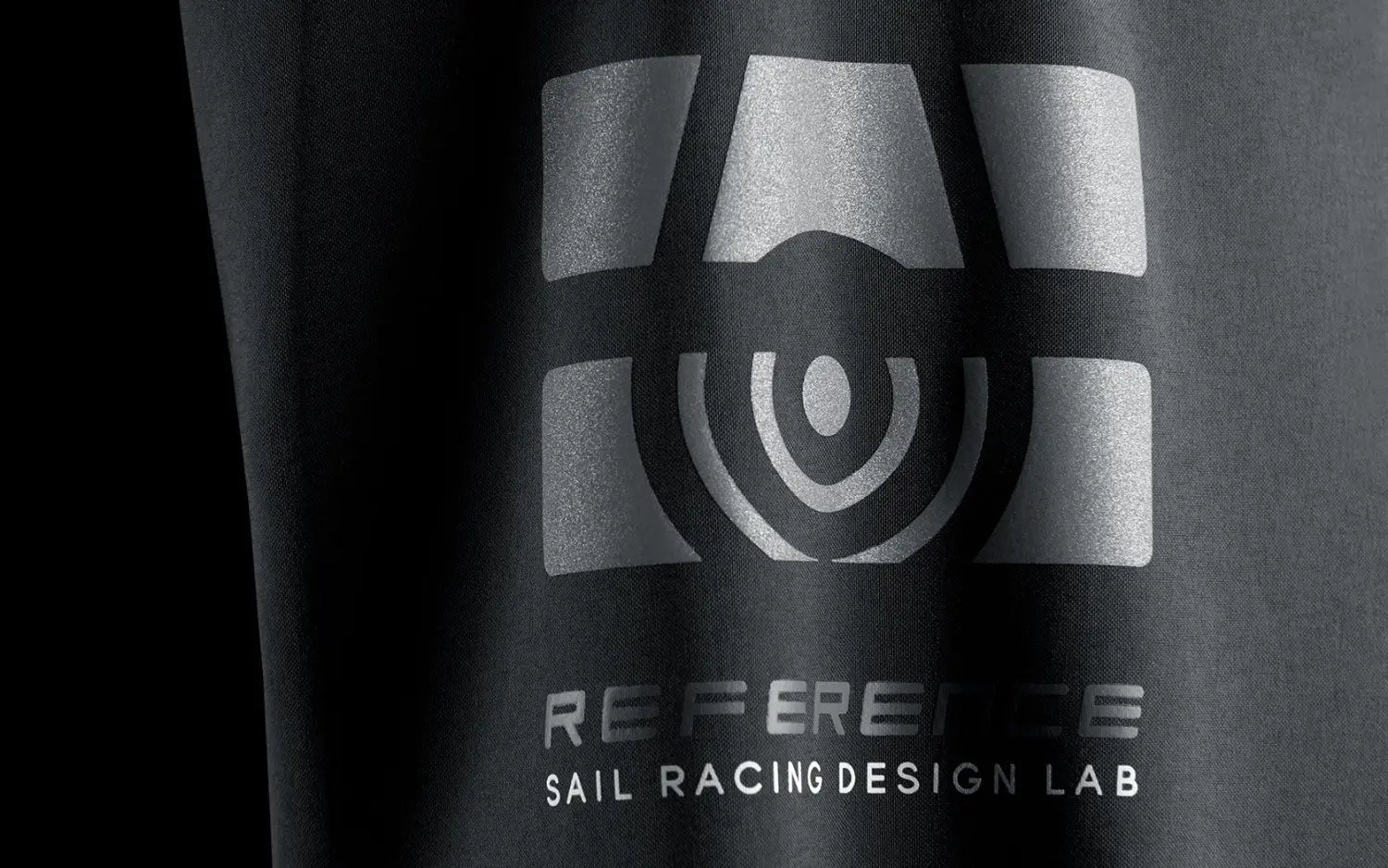
Lightweight Waterproof Gear
The Ultimate Guide to Lightweight Waterproof Sailing Gear
Lightweight waterproof sailing gear has revolutionized foul-weather clothing, allowing sailors to stay comfortable and protected in a wide range of conditions. The key benefit of this clothing is the balance of waterproofness and breathability. Unlike traditional heavy, rubberized rain gear, lightweight waterproofs allow sweat moisture to escape while keeping the outside rain and spray out.
This results in a much more pleasant sailing experience, even in cooler climates, as heat and condensation buildup are drastically reduced. Modern fabrics like Gore-Tex provide high levels of breathability while still maintaining excellent waterproof ratings. The technology used to have light waterproof and breathable garments doesn't stop with the use in Jackets and salopettes, it gets used even in top-of-the-line tops, accessories, trousers and shorts The lightweight construction is also critical to improving mobility and reducing fatigue versus heavy gear.
Lightweight waterproofs are perfect for coastal cruising and club racing, especially in summer. The high breathability ensures sailors don't overheat during active sailing and when working around the boat at anchor. The streamlined design doesn't restrict movement during manoeuvres and allows for layering underneath if needed. While not as robust as offshore gear, lightweight waterproofs handle typical conditions for nearshore sailing.

When To Wear lightweight sailing gear
Lightweight waterproof sailing gear is ideal for coastal sailing mainly done in the warmer months. The lighter materials allow more airflow, keeping you cool on sunny days along the coast. Ocean sailing often requires heavier offshore gear with more insulation and weather protection. Lightweight gear won't stand up to storms or frigid temperatures.
The breathable fabrics are perfect for moving around the boat during summer days. Racing sailors appreciate lightweight waterproof clothing for its flexibility during maneuvers. Plus the minimalist design prevents bulky features like storm collars or heavy zip flaps from getting in the way. This makes lightweight gear useful for activities beyond just sailing.
Technology fo lightweight waterproof sailing gear
Lightweight waterproof sailing gear utilizes advanced fabric technology to achieve waterproofness while maintaining breathability. The advent of Gore-Tex in the 1980s was a game-changer, allowing jackets to be fully waterproof while letting moisture escape.
Gore-Tex utilizes a thin polytetrafluoroethylene (PTFE) membrane with billions of tiny pores that are smaller than water droplets, preventing liquid water from passing through while allowing water vapour (perspiration) to pass out. This membrane is bonded to a face fabric, typically nylon or polyester, creating a waterproof yet breathable laminate.
While Gore-Tex remains the leader, other brands have developed their own proprietary waterproof/breathable membranes over the years. Examples include eVent's direct venting technology and Polartec's NeoShell. The fundamentals are similar across the various brands—an extremely thin membrane is engineered with microscopic pores to block liquid water while enabling moisture vapor to escape.
Advancements continue to be made as fabric engineers experiment with different materials, layering, and coatings to optimize breathability and stretch while maintaining total waterproofness. The demands of high-performance sailing have spurred innovation, with new fabrics engineered specifically for racing situations.
The design of lightweight waterproof sailing gear focuses on three key areas - fit, breathability, and durability.
Fit
A proper fit is crucial for lightweight sailing gear. The jacket and pants should allow for a full range of motion without restriction, enabling the sailor to easily adjust sails, trim lines, and move around the boat. The optimal fit is slim and athletic to avoid flapping fabric or catching on objects. Most gear has adjustable velcro wrist and ankle cuffs to seal out water. Some jackets feature a thin neoprene wrist gasket for extra protection from splashing waves. For maximum comfort, some brands offer tailored cuts for men and women.
Breathability
Breathability is also an important design factor. Fabrics that are fully waterproof but not breathable can lead to overheating, sweat buildup, and discomfort. Modern sailing gear uses membrane technologies like Gore-Tex that are windproof, and waterproof yet still breathable. Vents can be strategically placed under the arms, along the torso, and behind the knees where heat builds up the most. Some jackets have mesh liner fabrics or ventilation zips to further aid breathability.
Durability
As sailing gear encounters salt spray, UV rays, and abrasive contact with lines/hardware, durability is a must. Top brands use abrasion-resistant face fabrics, fully taped seams, and salt-resistant zippers. Jacket skirts may be reinforced against chafing and padded for comfort when sitting. Some gear has a Durable Water-repellent (DWR) finish that maintains water beading after repeated use. Following care instructions for washing/reproofing helps sailing gear last multiple seasons.




Waterproof Ratings
Measuring how waterproof and breathable a fabric is has always been a difficult task. With waterproofness, the main standard used is millimeters of water that can be sustained before leaking. For example, a rating of 10,000mm means the fabric can resist 10,000mm of water pressure before leaking. Generally, most waterproof fabrics rate around 10,000-20,000mm, which provides excellent water resistance for all sailing conditions.
Breathability is measured by the MVTR (moisture vapor transmission rate). This measures how many grams of sweat vapor can pass through one square meter of the fabric over a 24 hour period. The higher the number, the more breathable the fabric. Quality waterproof/breathable sailing fabrics often rate around 15,000-25,000g/m2 to provide both water protection and sweat wicking abilities.
When comparing sailing gear, it's important to look at both waterproofness and breathability ratings. The highest specs don't necessarily mean the best gear, as you need to balance protection versus comfort and pick the right level for your sailing needs. Going for the latest tech isn't always required. Many budget and mid-range fabrics offer excellent performance these days.

Leave a comment